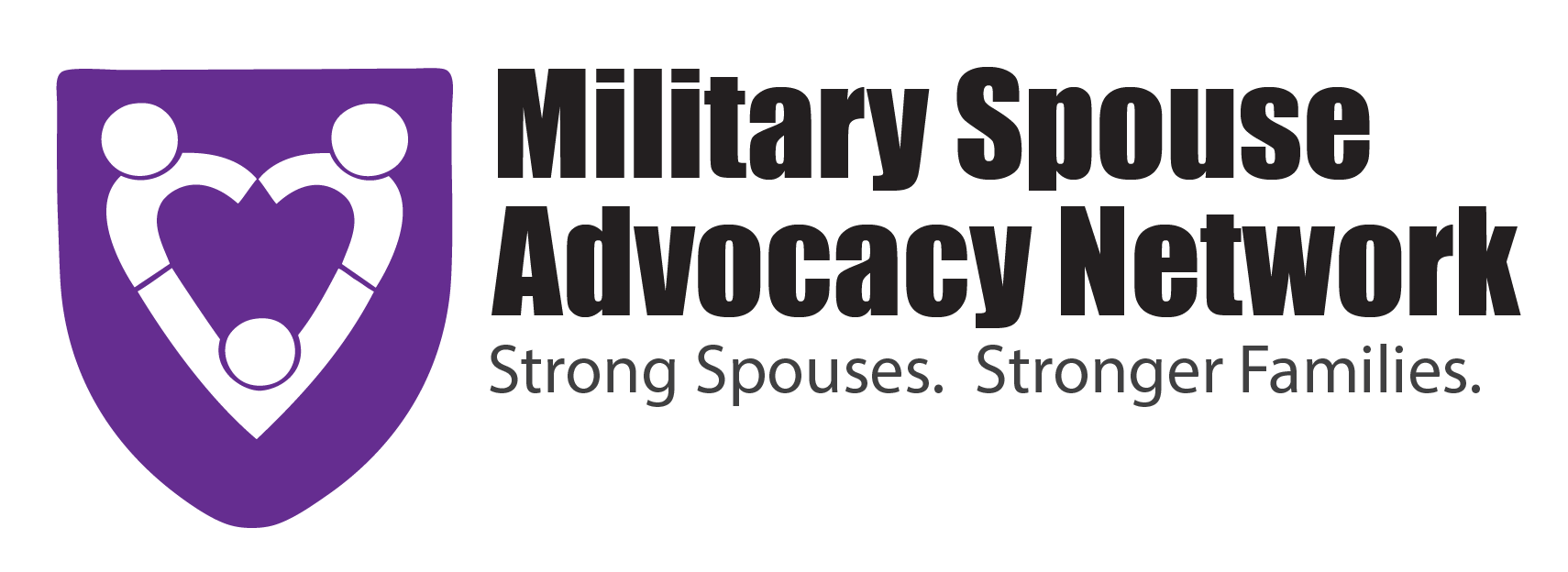Supporting Our Military Kids: Bridging Education Gaps During School Transitions
As April 1st marks the beginning of the Month of the Military Child, we turn our attention to the remarkable resilience demonstrated by the nearly 1.2 million children of active-duty service members. These young heroes face unique challenges that their civilian peers rarely encounter—frequent school transitions that come with Permanent Change of Station (PCS) moves.
With PCS season on the horizon, thousands of military families are preparing for yet another relocation. For military-connected students, changing schools is more than a logistical shift; it is a complex process that can create significant educational challenges. While military life builds character and offers unparalleled experiences, the educational disruptions that accompany these moves can have lasting impacts on children's academic progress and social-emotional development.
The Triple Challenge of School Transitions
Military children attend an average of six to nine different schools during their K-12 education, creating significant obstacles to consistent educational experiences. Three critical challenges stand out faced by military students during PCS transitions:
Curriculum Misalignment: The Knowledge/Learning Gap
When students transfer between school districts or states, they often encounter significant discrepancies in educational standards and curriculum sequencing, making it challenging for military children to maintain continuity in their learning. A fifth grader who has already mastered fractions at a previous school may arrive at a new classroom where the concept is just being introduced—or worse, was covered months earlier. Similarly, a high school student may find that their new school requires courses they have never taken or lacks the advanced classes they excelled in at their previous institution. These misalignments create learning gaps that accumulate over time, potentially undermining academic confidence and college readiness.
The Interstate Compact on Educational Opportunity for Military Children was established to mitigate these disparities, yet inconsistencies in its implementation persist. Parents frequently find themselves advocating for proper course placement, often facing challenges in proving that their child’s prior coursework aligns with local standards. Without uniform enforcement, military children are left in academic limbo—constantly adapting rather than progressing.
Credit Transfer Challenges: A Roadblock to Graduation
For military high school students, school transitions can disrupt graduation timelines and college applications. Varying graduation requirements across states mean credits earned in one location might not fully transfer elsewhere. Honors, Advanced Placement (AP), and International Baccalaureate (IB) credits, along with sports participation records and specialized courses, often slip through bureaucratic cracks during these transitions. Some students end up repeating courses unnecessarily or missing prerequisites, prolonging their time to graduation and potentially disadvantaging military children in competitive college admissions processes.
While some states have implemented policies to streamline credit transfers for military students, many school districts still lack a standardized approach. This inconsistency adds stress to families already dealing with the uncertainty of frequent relocations. Increased awareness and systemic reforms are essential to ensure military children can graduate on time and with the academic credentials they rightfully deserve.
Social-Emotional Adjustment Periods
Beyond academics, military children must continuously rebuild their social networks with each relocation. Every move requires them to say goodbye to friends, teachers, and familiar environments—only to start over in an unfamiliar setting. Entering a new school community involves making new friends, adjusting to different school cultures, establishing relationships with teachers who lack context for their prior achievements, and adapting to varied extracurricular offerings. This social reset can lead to temporary withdrawal, anxiety, or behavioral challenges as students navigate the transition. The emotional toll of repeatedly saying goodbye and starting anew cannot be overstated, particularly for adolescents, whose identity development is deeply influenced by peer relationships.
For middle and high school students, the pressure to fit in can be especially daunting. Schools with strong peer-support initiatives, such as Student 2 Student (S2S) program, play a critical role in easing these challenges. However, these programs are not universally available, leaving some students without the essential support systems needed for a smooth transition.
Bridging the Gaps: Current Initiatives and Continuing Needs
The Interstate Compact on Educational Opportunity for Military Children has made significant strides in addressing these challenges by establishing consistent policies across participating states. However, implementation remains inconsistent, and many educators are unfamiliar with the Compact's provisions.
Schools serving military communities have developed promising practices, including student ambassador programs, specialized counseling services, and curriculum mapping tools to identify potential learning gaps. These innovations deserve wider adoption, but sustainable funding remains a persistent obstacle.
A Collective Responsibility: Policy and Community Action
As we honor military children this April, we must move beyond acknowledgment to action. Our nation's security depends on service members who can focus on their mission, confident that their children's education remains stable despite frequent relocations.
To policymakers:
Fund comprehensive implementation of the Interstate Compact provisions, including mandatory training for school administrators in military-impacted districts. Establish grant programs specifically targeting the development of technology solutions for curriculum mapping across state lines and secure digital portfolios that follow students throughout their educational journey.
To school administrators:
Create dedicated transition teams within your schools trained specifically to support incoming military students. Develop protocols for expedited records transfer and academic placement assessments that recognize both formal transcripts and students' lived experiences.
To classroom teachers:
Seek out professional development on military culture and the unique needs of transitioning students. Simple practices—like private welcomes rather than public introductions, peer buddy systems, and flexible assignment deadlines during transition periods—can dramatically improve integration experiences.
To higher education institutions:
Recognize the unique challenges military-connected students have faced and consider these factors during admissions reviews. The resilience and global perspective these students bring to your campuses are valuable assets worth additional consideration.
Our military children serve alongside their parents, shouldering burdens invisible to many. Their educational success should not be sacrificed due to their families' service. As a nation that benefits from their parents' commitment, we owe these children educational continuity and excellence, regardless of where military service takes them.
Resources
Military Child Education Coalition
The Interstate Compact on Educational Opportunity for Military Children

